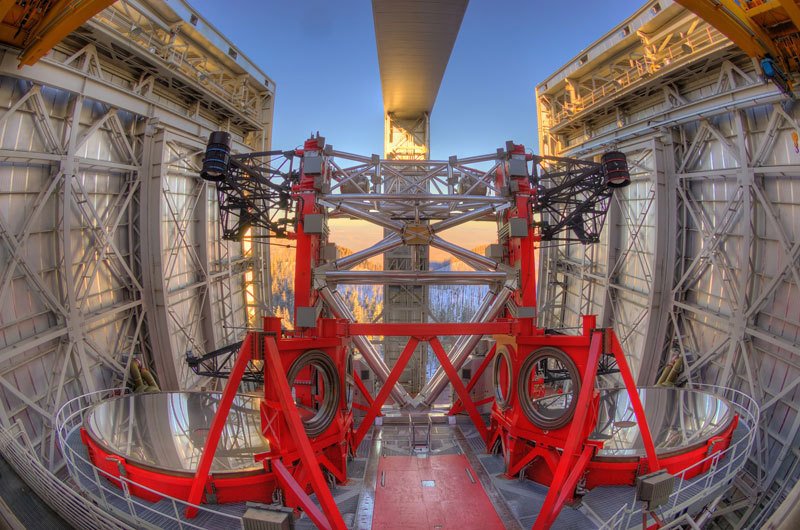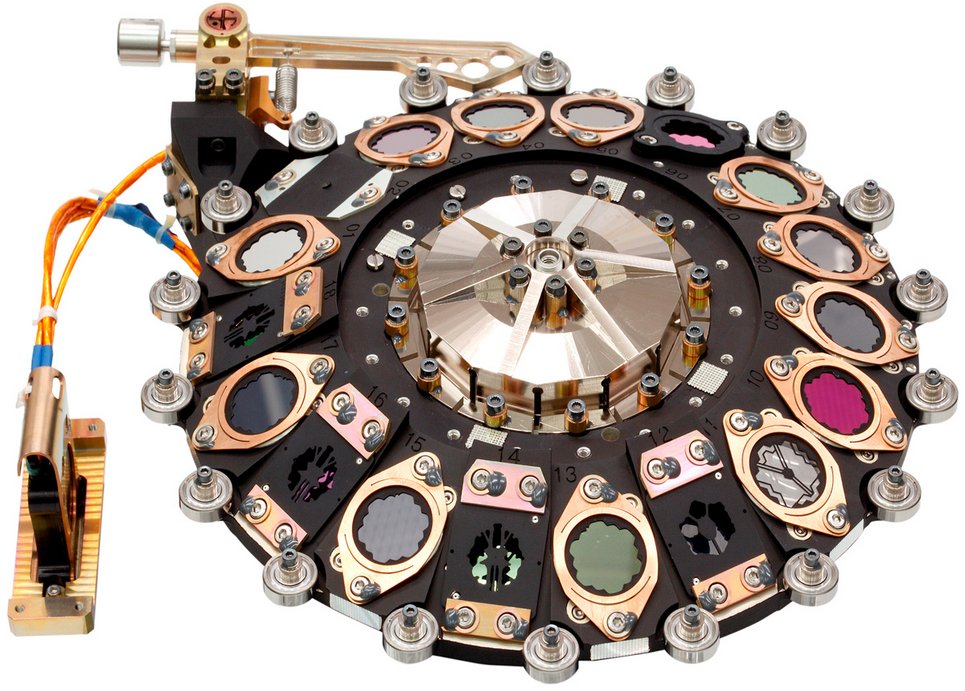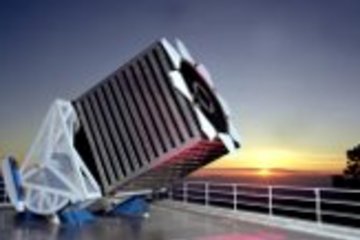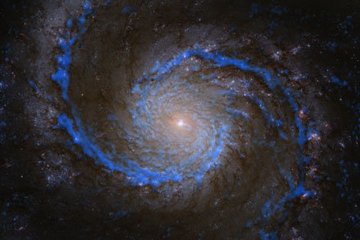Telescopes, instruments and new technologies
Astronomers are constantly pushing the boundaries of increasingly detailed observation and data for a growing number of objects at a variety of wavelengths in the electromagnetic spectrum.

The telescopes and instruments required for this kind of cutting-edge research cannot be purchased from industry: they are usually developed by consortia of research institutes that work with specialized companies. In return, the institutes gain observing time on the instruments with which, by virtue of having built them, they are thoroughly familiar.
MPIA is involved in the development of both ground-based and space-based instruments.

The institute's wide range of expertise includes the development of near-infrared adaptive optics and interferometry - the former a technique for removing the Earth's atmosphere's disturbing influence from astronomical images, and the latter for practically combining several telescopes into one, thereby allowing much finer details to be observed.
Current projects in this field include the LINC-NIRVANA instrument for the Large Binocular Telescope in Arizona, and the GRAVITY and MATISSE instruments for the Very Large Telescope Interferometer at ESO's Paranal Observatory in Chile. MPIA is also involved in the design and construction of two instruments, MICADO and METIS, for the 39-meter Extremely Large Telescope (ELT), which is set for completion toward the end of the 2020s.
One of the other innovative instruments in which we are involved is CARMENES, a high-resolution radial velocity machine at Calar Alto Observatory used for the search for M dwarfs with exoplantes.
MPIA also focuses on the planning and production of movable mechanical components for space telescopes and the characterization and selection of infrared detectors. Mechanisms developed at the institute were used on the Herschel infrared space telescope. Active space missions for which MPIA has provided components and expertise include the James Webb Space Telescope, an infrared telescope with a 6.5-metre mirror that was launched on 25 December 2021, and the EUCLID space telescope, which has been exploring the properties of dark matter and dark energy since mid-2023. The Roman space telescope, which is due to be launched in 2027, will focus on dark energy and exoplanets.
We are also active in astronomical software development. Notably, MPIA contributes analysis software to the astrometry space project Gaia.
Developing instruments for cutting-edge astronomical research often involves creating new technological solutions. In this area too, MPIA is active, for instance through our collaboration with the Fraunhofer Institute for Applied Optics and Precision Engineering in the field of innovative metal optics, which has resulted in a successful patent application.




